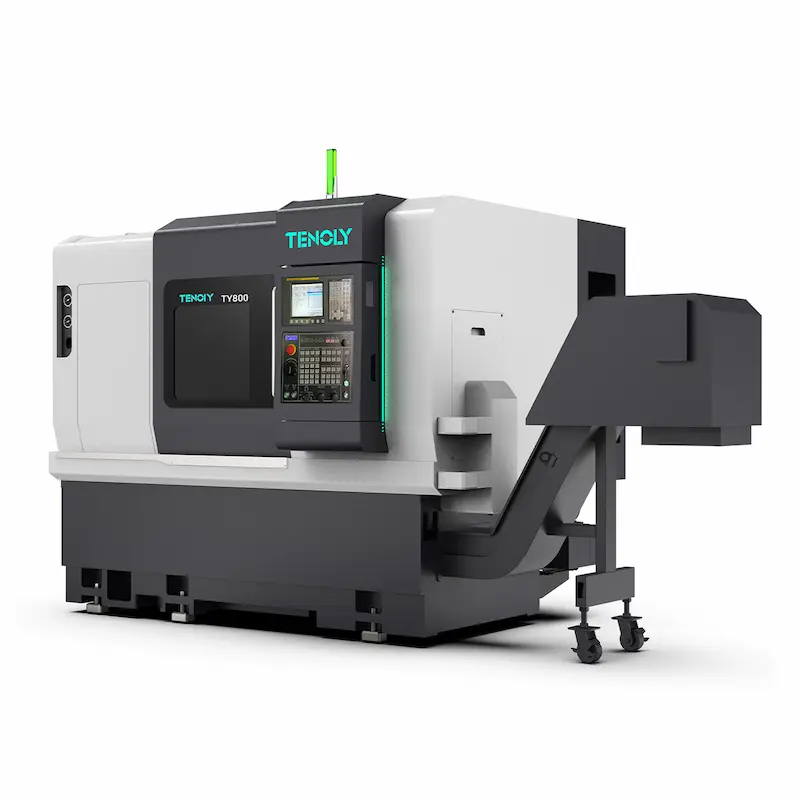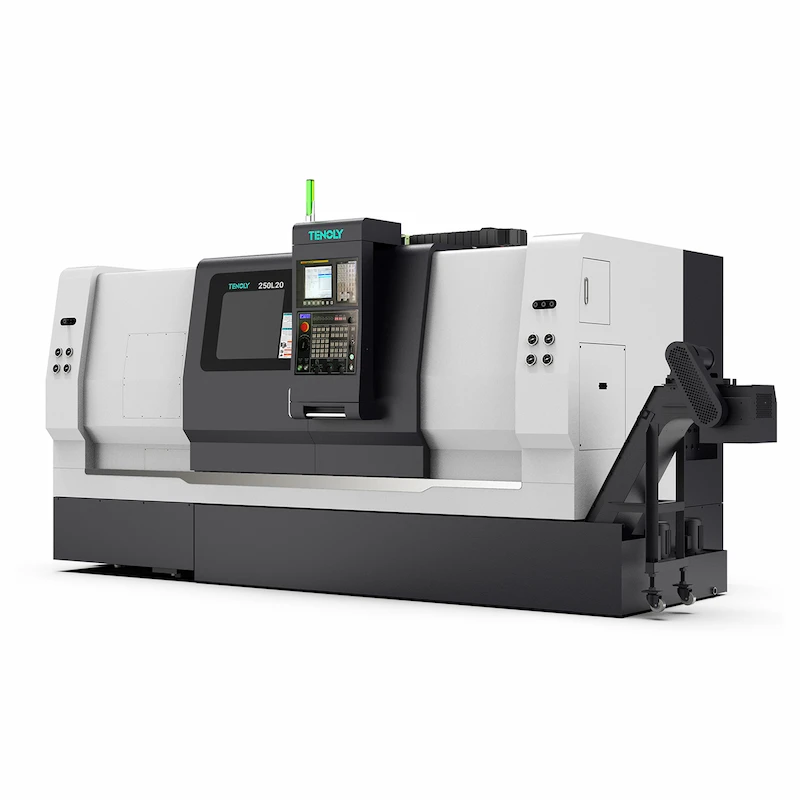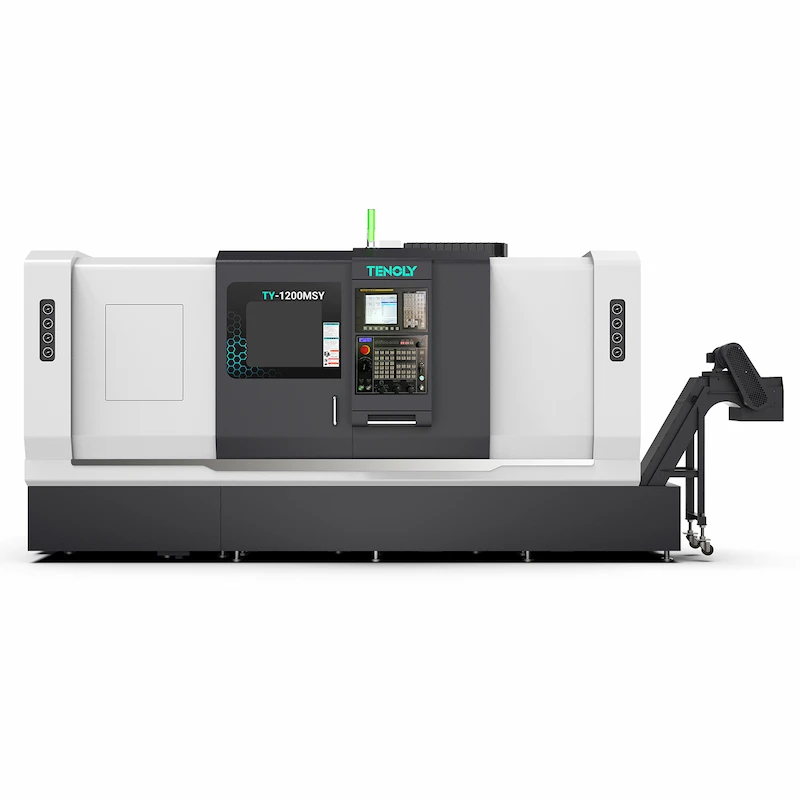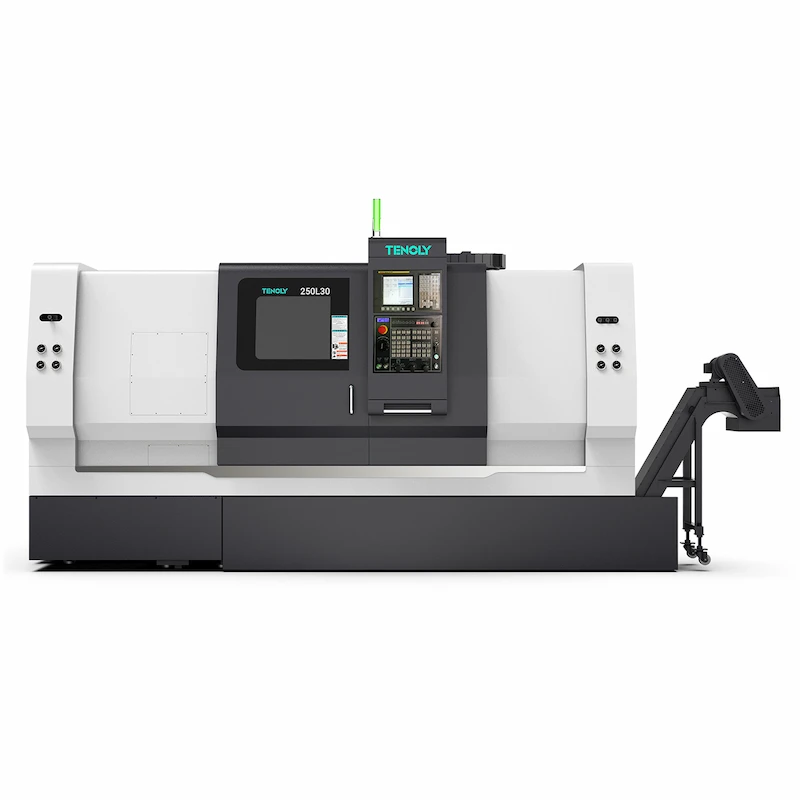As the manufacturing industry evolves toward high precision, high efficiency, multi functionalitylity, CNC turning-milling machines, high-end equipment that integrates turning and milling, are becoming a key tool for many manufacturers to improve production capacity and quality control.
I. Overview of CNC Turning-Milling Machines
A CNC turning-milling center is a multifunctional machine tool capable of both turning and milling, integrating turning, milling, drilling, boring, and tapping functions. Its digital control system coordinates multiple axes, allowing multiple machining operations to be completed in a single setup, significantly shortening the manufacturing process chain and improving processing efficiency and precision. Compared to traditional CNC lathes or milling machines, turning-milling center significantly reduce setup errors, production time, and floor space.
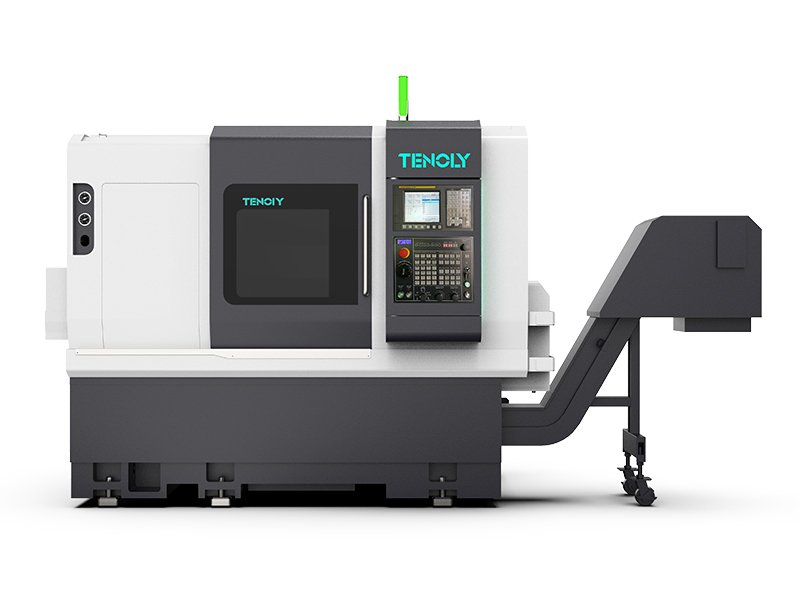
II. Advantages from a Webmaster’s User Perspective
· Improved Production Efficiency and Consistency
With a mill-turn lathe, parts can be clamped and completed in a single process, eliminating the need for repeated clamping. This significantly reduces auxiliary time and human error. The machine’s multi-axis linkage and automatic tool changing capabilities further improve production cycle times, achieving overall efficiency 3 to 5 times that of conventional machine tools, making it suitable for medium- and large-volume production.
· Improved Processing Precision and Quality Stability
Reduced error accumulation caused by multiple positioning operations. The machine’s CNC system and online detection capabilities enable in-process precision monitoring and adjustment, ensuring stable and consistent finished product quality and meeting the demands of high-precision parts.
· Reduced Operating and Management Costs
Although the unit investment price is relatively high, the reduction in fixtures, workshop floor space, and equipment maintenance significantly reduces overall costs. A mill-turn machine is equivalent to a small, integrated production line, simplifying management processes and equipment procurement.
· Flexible Adaptability to a Variety of Complex Processes
The machine supports multi-axis linkage and can process complex shapes and a variety of materials (such as steel, aluminum alloy, stainless steel, and copper). It is particularly suitable for industries such as precision machinery, automotive parts, and mold manufacturing.
III. Product Technical Features
· Multi-Axis Control
Modern mill-turn machines generally support 5 or more axes, ensuring the simultaneous production of complex curved and inclined surfaces.
· High-Precision Built-in Spindle
A high-rigidity, high-precision spindle design ensures stability and surface quality during machining.
· Automatic Tooling System
A built-in multi-tool magazine and automatic tool changing system enable seamless switching between various machining processes, including turning, milling, and drilling.
· Intelligent Operation Panel
A freely movable operation interface enhances operational convenience and responsiveness.
· Online Measurement and Data Feedback
Online measurement of critical dimensions enables quality control and dynamic parameter adjustment during the production process.
IV. Application Scenarios and Future Trends
CNC mill-turn center are widely used in automotive, aerospace, mold processing, medical devices, electronics, and high-end mechanical parts production. In the future, with the development of intelligent manufacturing and Industry 4.0, mill-turn machines will integrate more intelligent and automated features, such as automatic loading and unloading robots, cloud-based data analysis, and remote monitoring, to help achieve digital management of the entire process and promote manufacturing upgrades.
V. Summary
As a composite machining device that integrates turning and milling processes, CNC turning-milling lathes offer significant value to manufacturing companies in multiple dimensions, including improving production efficiency, ensuring machining accuracy, reducing overall costs, and adapting to complex machining needs. When selecting and configuring a machine, users should choose the appropriate number of axes, spindle power, and automation configuration based on actual production needs to ensure maximum performance. Investing in a turning-milling center is not only a technological upgrade but also a key strategic move to optimize manufacturing processes and enhance corporate competitiveness.
By fully understanding the advantages and technical features of CNC turning-milling lathes, manufacturing companies can better plan production, improve machining quality and efficiency, and strengthen their core competitive advantage in the market.

